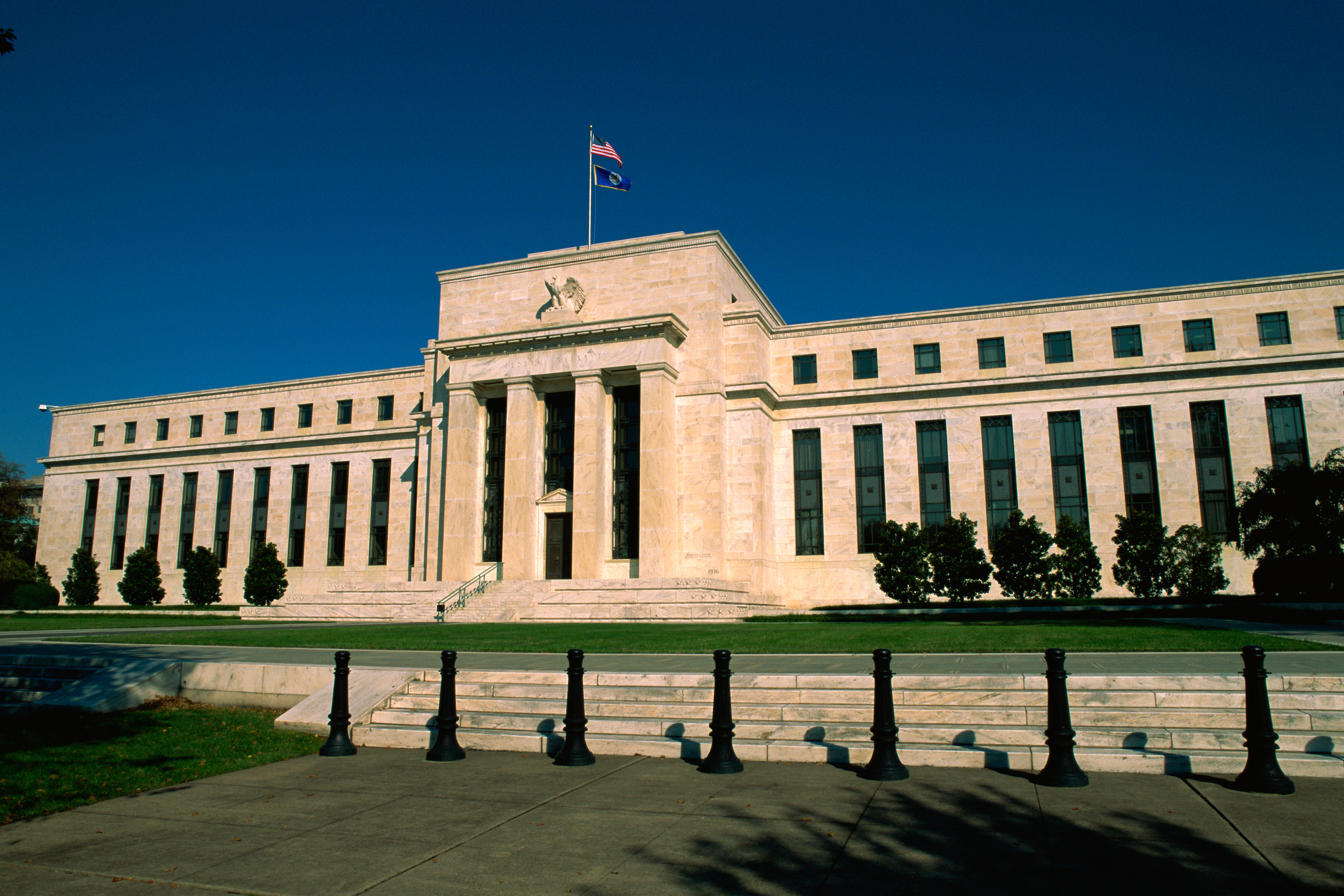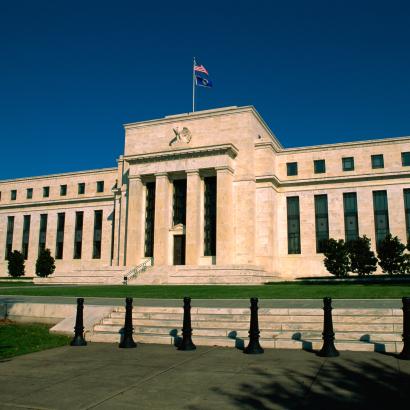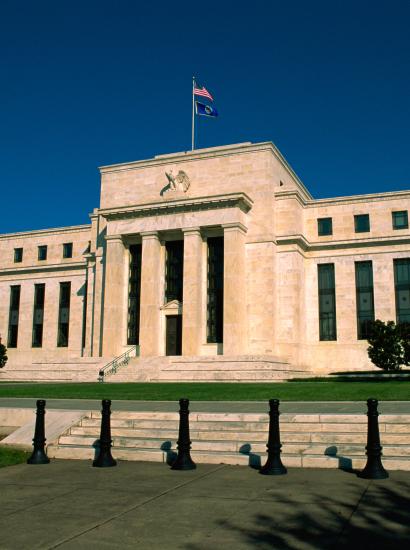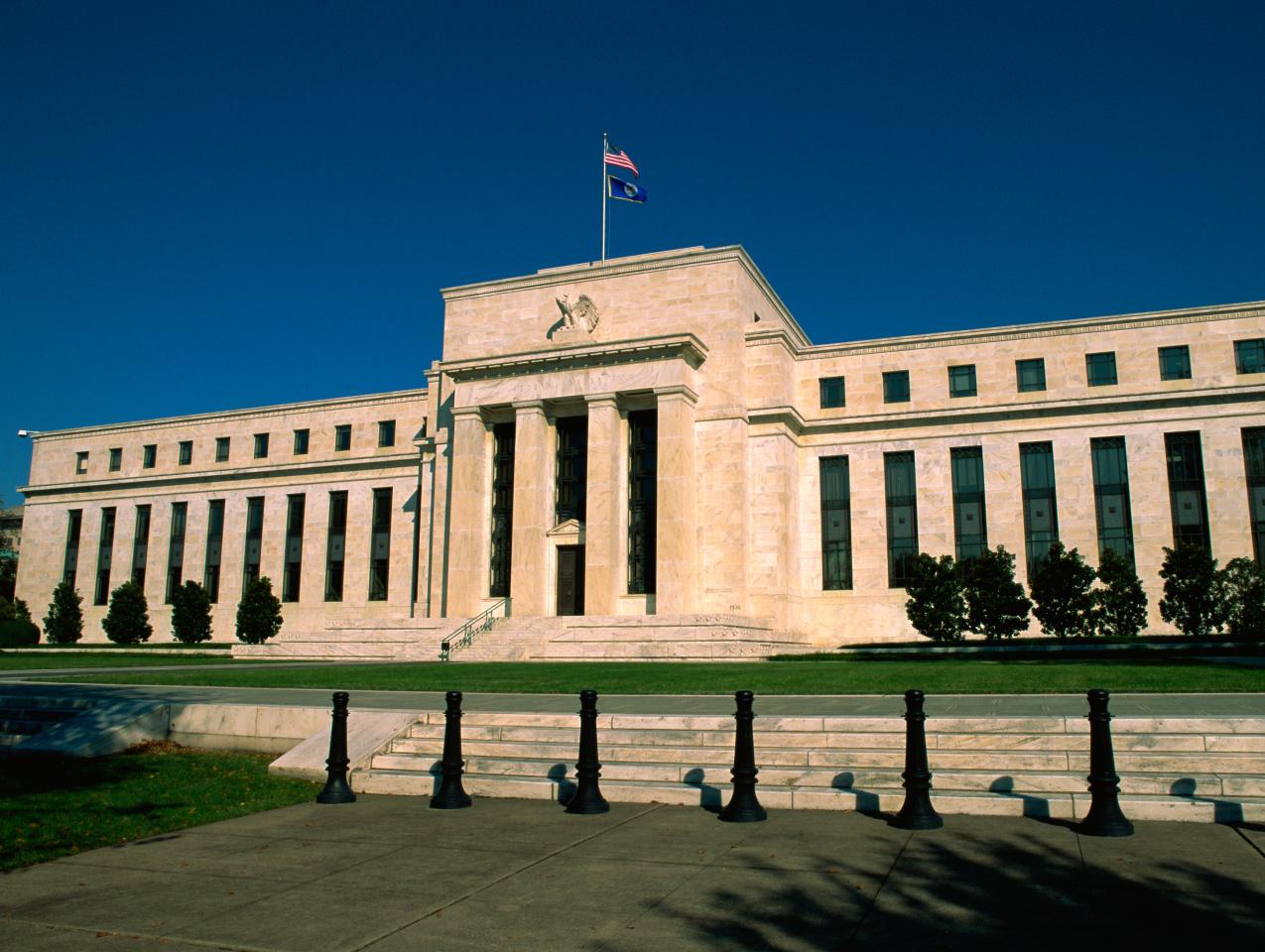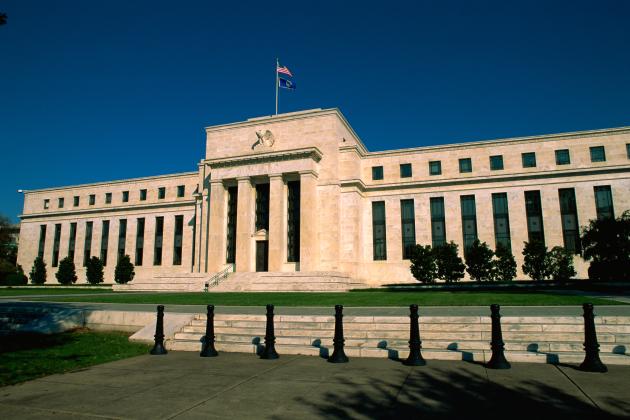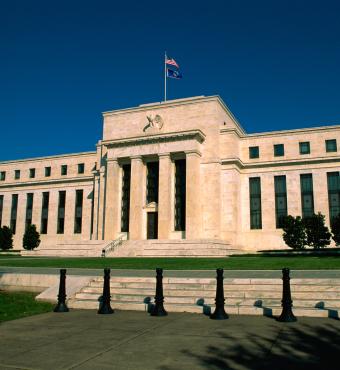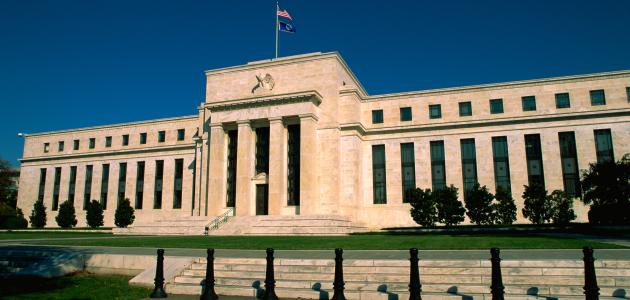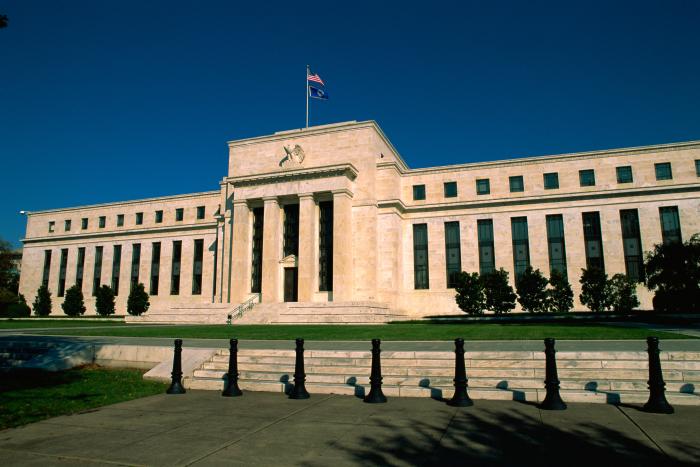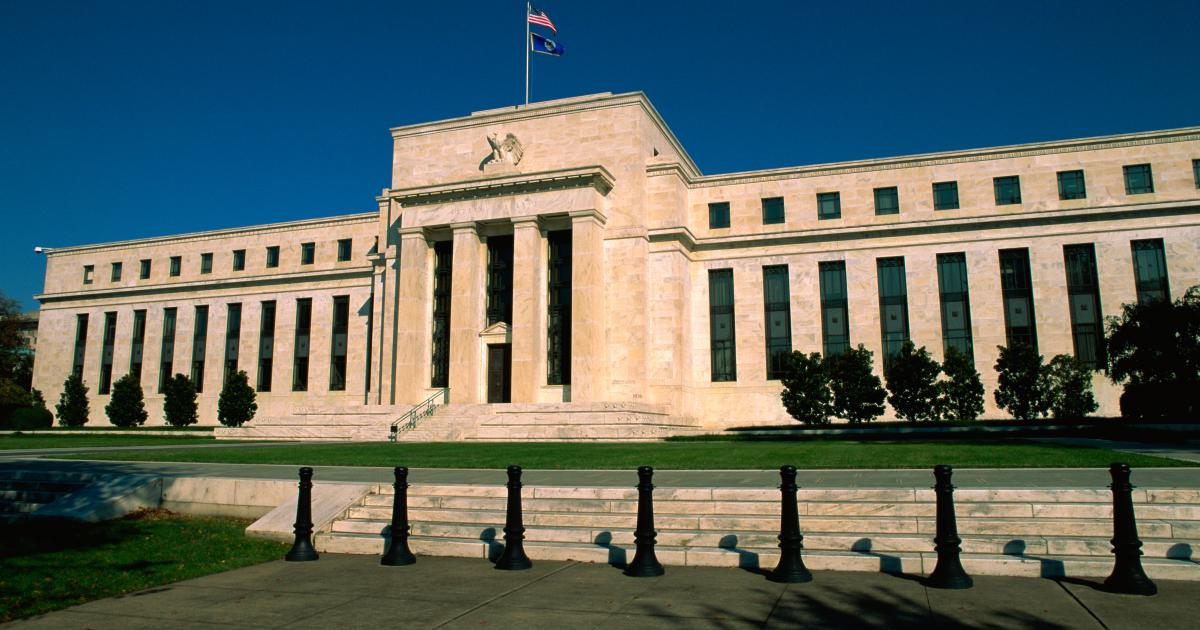- Economics
In late August, I spent three days with central bankers from all over the world at the annual economic policy symposium sponsored by the Kansas City Federal Reserve Bank. This year’s main topic was how to improve future monetary policy. A major concern is about the ability of policymakers to respond effectively to a recession if the current low-interest environment continues. Central bankers have learned to lower interest rates to encourage borrowing in recessions and to raise rates when inflation threatens or occurs. Because interest rates are close to zero in all of the developed countries, some market participants fear that central banks will be powerless to act. Federal Reserve Chair Janet Yellen tried to reassure them at the meeting.
One possible answer might be to adopt substantially negative interest rates. Switzerland, Japan, and the European Central Bank have negative interest rates currently. A conference paper by my Carnegie Mellon colleague Marvin Goodfriend analyzed how negative interest rates can be made more effective. Yellen opposes the use of negative rates, but she may be forced to change her mind if a recession comes while market rates are low.
Current Federal Reserve policy actions flounder about without clear direction. The Fed says this approach is “data driven.” On days when the market receives positive news suggesting that the economy will expand, markets expect that the Fed will raise the short-term interest rate by a quarter of a percentage point before the end of the year and possibly that very month. On other days, the data suggest that growth is slowing, so an interest rate increase seems less likely.
These daily shifts are the main reason for the Fed’s floundering and costly policy. The worst example comes at the start of each month when the Department of Labor releases the monthly report on job growth and hours worked. This is a very noisy number. Very often, the government will announce a large monthly increase in jobs, more than 200,000, only to have the announcement revised the following month by 100 percent or more. Market participants chatter about the announcement but ignore the fact that it is subject to large change, so it is not an accurate reflection of long-term trends. But market-watchers know that the Federal Reserve pays close attention to the number, so they do too.
The result is that uncertainty about interest rates and future economic activity increases unnecessarily. Much better practices are available and have been used in the past. Most of the better practices could be restored, if the Federal Reserve chose to improve its performance.
The procedures I have in mind were in place during most of Alan Greenspan’s terms as Chair of the Federal Reserve. Greenspan adopted a medium-term strategy. He did not ignore the weekly and monthly data announcements, but he focused his actions on the expected medium-term values of inflation and unemployment. From 1986 to 2002, he guided policy operations by generally following a rule developed by the Hoover Institution’s John Taylor.
The result was the best performance in the Fed’s 100-year history. Inflation remained low, and the economy grew at a good rate. Recessions occurred, but they remained mild and recoveries came promptly. Uncertainty about the future declined. Economists recognized the improved stability by calling the period The Great Moderation. Basing policy actions on Federal Reserve judgment, rather than on a rule, has never done as well. We get poorer results, slow response to emerging inflation, and greater uncertainty about future interest rates.
Unfortunately, Greenspan gave up his successful strategy during the final years of his chairmanship. His successors were faced with the crisis of 2008, which was partly a result of poor Fed judgments. After responding to the crisis with massive increases in reserves, the Fed could have restored a medium-term strategy. Instead, it adopted the less effective, less informative, less desirable short-term strategy it calls “data driven.”
One result has been a surrender of Federal Reserve independence. When the 1913 Congress debated the Federal Reserve Act, one of its main concerns was to prevent the new central bank from becoming a major source of inflation. To sustain central bank independence, Congress imposed two restrictions. The first was the gold standard, which had become the law in 1900. In the Federal Reserve Act, Congress also added a total prohibition against direct loans from the Fed to the Treasury. The gold standard did not survive the Great Depression—and the Federal Reserve discovered it could circumvent the prohibition on lending directly to the Treasury by buying Treasury securities in the market after they were issued. Eventually, open market operations—buying and selling government securities—became the Fed’s main means of managing interest rates.
The Fed financed WWII spending by buying Treasury securities at relatively low interest rates. Few would question giving precedence to the war effort. Political pressure to keep low interest rates delayed any increase for five years after the war. But there hasn’t been a comparable crisis since—and yet, the Fed has thrown away any claim to independence by holding market rates near zero since 2008 and purchasing more than $4 trillion of Treasury securities. No plan exists for reducing the more than $2 trillion of idle reserves currently sitting on foreign and domestic bank balance sheets. There lies a potential source of future inflation.
Making good decisions about interest rates and money is a very difficult and challenging job. The effect of today’s choices on inflation, unemployment, and economic activity occur long after decisions are implemented. Skilled economists try to forecast the future, but forecast errors are large. That’s another big reason for choosing a strategy that works well in the medium term. That gives markets information to guide their planning and a clearer idea of what conditions are likely a year or two ahead.
My answer to the Fed’s question—what should policy be in current circumstances?—is to return to the medium-term strategy that Paul Volcker used effectively to reduce inflation in the 1980s and that Alan Greenspan used with great success from 1986 to 2002. One reward for following an effective policy is less criticism from Congress, markets, and the public because such a policy will help the economy achieve maximum real growth with low inflation. The House Financial Services Committee has led the way by calling on the Fed to adopt and follow a rule of its own choosing. That forces the Fed to focus on the medium term.
Beyond debating what strategy the Fed should adopt, some in Congress and several Fed watchers have been wondering about the role that regional Reserve Banks should play in decision making. Should their presidents be appointed by the President of the United States instead of chosen by their directors and approved by the Board of Governors?
To get the Federal Reserve legislation approved in 1914, President Woodrow Wilson proposed a compromise that sought to balance the widespread concern that political control of interest rates and money would risk inflation against the fears of farmers and others that a privately-run central bank would charge high interest rates that squeezed borrowers. From the start, the public regarded the Board in Washington as much more responsive politically than the regional banks. Originally, bankers ran the regional banks. That ended long ago. Many are run by economists or lawyers. Labor unions and civic groups serve as directors and the bank presidents bring citizen and community perspectives to the policy discussion. Over time, the Board’s influence has increased and its actions have become much more politicized at considerable cost to the public.
Instead of weakening the influence of the regional banks, Congress should strengthen it. One simple way to do that would be to allow the 12 Reserve Bank presidents to vote at each meeting. Current rules limit the number to four, plus New York’s president. That gives the politicized Board a majority.
Finally, Congress should change the way we protect the safety and soundness of the financial system. Since 2008 and the passage of Dodd-Frank, the Federal Reserve has substantially increased the number and burden of financial regulations. As the cost of regulation rose, hundreds of small and medium-sized banks closed. These banks have historically been an important source of loans to new and small businesses, so the economic cost is large.
Dodd-Frank encouraged the consolidation of the largest banks. The banking system has become more cartelized and less competitive. And the plethora of regulation is unlikely to avert a future crisis because regulators are slow to recognize and slower to act against emerging crises.
Two major changes should be made to protect the public, avoid bank bailouts, and increase banking safety and soundness. First, Congress should repeal Dodd-Frank. All but the very largest banks are protected by deposit insurance that banks as a group provide. They should be free of the many new regulations. The largest banks are too big for the deposit insurance system. These banks held 15 to 20 percent equity capital before the deposit insurance system started. Since deposit insurance doesn’t protect them, they should be required to restore equity capital to 15 percent of total assets instead of the current much lower level. Bank shareholders and management, not government and taxpayers, then become responsible for bank safety.
Our financial system and policies are far from adequate. The Kansas City Fed conference offered an opportunity to look thoroughly at the costs and benefits of making major changes to the Federal Reserve. The evidence indicates that the Fed is in need of reform. But most of the central bankers at the conference did not seem interested in such reforms. The public deserves better and Congress should call on the Fed to make major changes.







